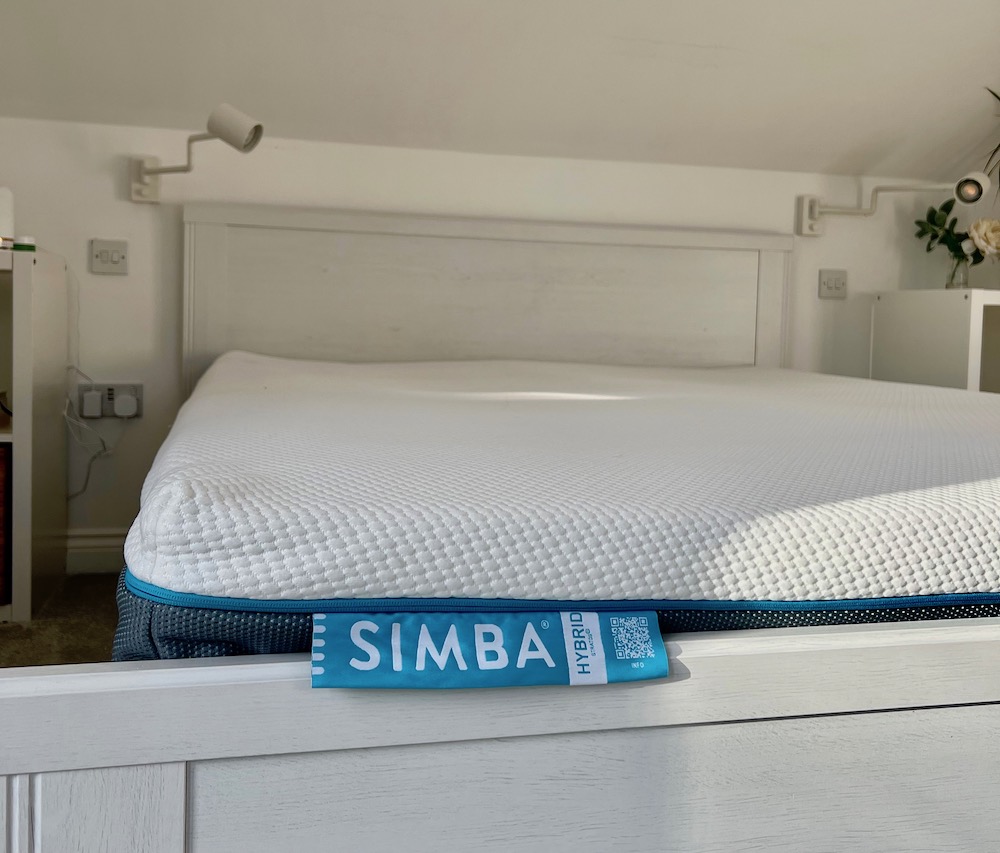
The all-electric Rolls-Royce Spectre has concluded winter testing in Arjeplog, Sweden – just 55km from the Arctic Circle.
Temperatures dropped to -40˚C temperatures and Rolls-Royce estimates 25% of a 2.5 million km testing programme (simulating 400 years of use) is now complete for the “Electric Super Coupé”.
“The announcement of every new Rolls-Royce motor car carries a great weight of expectation, but Spectre is unquestionably the most anticipated product in the marque’s modern history,” said Torsten Müller-Ötvös, Chief Executive Officer, Rolls-Royce Motor Cars.

“This is because it is much more than a product. It is a symbol for our bright, bold electric future, and it represents a seismic shift in our powertrain technology.
“It is for this reason that we have created a testing programme that is as significant and historical as Spectre itself.”
There are several reasons for subjecting the marque’s products to such extremes. When the first prototypes are built, engineers perform very basic tests in extreme conditions to ensure that each system is operational and functions at a basic level in a cold weather environment.
This test is combined with the beginnings of the refinement process, focusing on noise and vibration, for instance. The variables that affect this include the materials selected for major hardware components to the density of the door rubbers, bushing compounds, fastening materials and even properties of bonding agents.
The performance of these variables can change considerably when subjected to extreme temperatures – likewise the efficiency of the motor car’s heating, ventilation, air conditioning and cooling systems.
By driving on low traction surfaces, such as snow and ice, and wilfully destabilising the car, the engineers can create dynamic circumstances at low speeds that would ordinarily occur at high speeds.
This can be reviewed and guided in situ and in slow motion, in doing so parametrising and finessing cold-weather vehicle performance in areas such as handling, controllability, stability, predictability and the “waftability” that defines the Rolls-Royce experience.
Source: automotiveblog.co.uk












